
views
Install the DoD Root Certificates
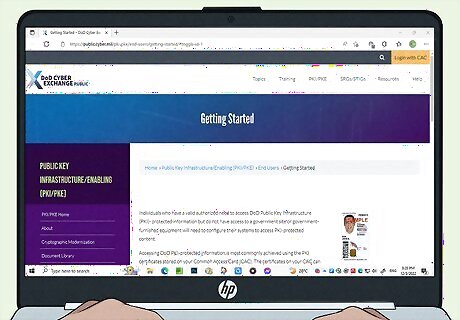
Windows. Before you can access your military email, you'll need to make sure you have the correct certificates installed on your computer. You can do this easily with a graphical program called InstallRoot.] Go to https://public.cyber.mil/pki-pke/end-users/getting-started/#toggle-id-1 in a web browser. If you don't have administrator rights on the Windows PC, you'll need to install the non-administrator version of InstallRoot. Click the Non Administrator link on the website to download it. If you do have administrator rights, you'll need to download a different installer. Press Windows key + S, type msinfo32, and then press Enter. Next to system type, you'll see either "x64-based PC" or "x86-based PC." If you see x64-based PC, click the 64-bit link on the website to download InstallRoot. Once installed, click Run InstallRoot and click Yes if existing certificates are found. Click Next on the "Installing DoD certificates is easy" windows. Select Install DoD Certificates and click the Install Certificates icon. Click Yes on the security warning, and then click OK once the certificates are installed.
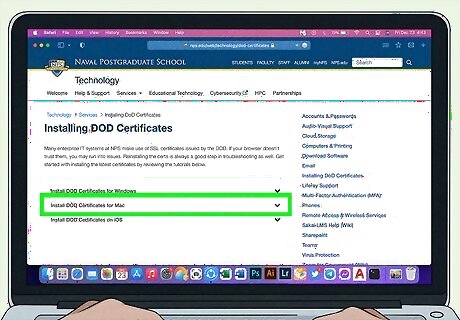
Mac. You'll need to download the DoD certificate bundle and add it to Keychain before you can access your military email. Make sure you're using macOS Catalina or later, as Catalina includes everything you'll need to use your CAC reader with your Mac. Go to https://nps.edu/web/technology/dod-certificates and click Install DOD Certificates for Mac. Click the DoD RootCerts file link to download the certificates. Unzip the file once the download is complete. Open the Keychain Access app on your Mac. Click login in the left panel. Drag each of the certificates from the unzipped folder into the main area of Keychain Access. Click Add on each certificate. Once installed, double-click DoD Root CA3, and select Trust. From the "When using this certificate" drop-down menu, select Always Trust. Double-click DoD Root CA4, and select Trust. From the "When using this certificate" drop-down menu, select Always Trust.
Checking Your Outlook Email
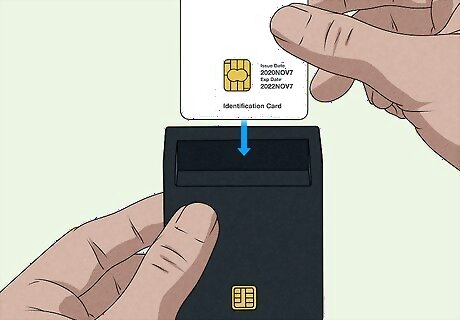
Insert your CAC card into a CAC reader. Your CAC contains information required to verify your identity, including your digital fingerprints and public key certificate (PKI). If you don't have a CAC, you may still need to visit a RAPIDS site to complete your final verification. If you've already completed RAPIDS verification, follow up with your sponsor. You can use any CAC reader that's compatible with your PC or Mac to read your CAC card. If you're not using Chrome or Edge, you may need to install middleware like ActivClient to properly access your certificates.
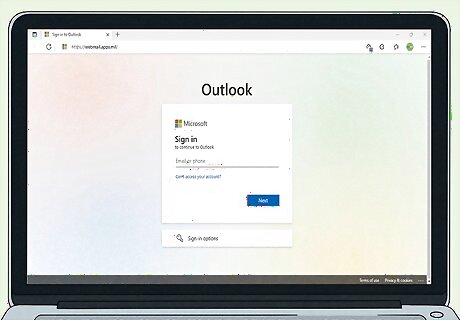
Go to the Outlook Web Access sign-in screen. Most military users with email addresses ending with @mail.mil can do this by visiting https://web.mail.mil/owa in Microsoft Edge or Google Chrome. You can access this site from home or while connected to your military's network. Some branches have different URLs for Outlook email access: US Air Force: If you're on AFNet, go to https://webmail.apps.mil. US Army: Go to https://webmail.apps.mil/mail. If you get a "500 error," you must migrate your email account. Go to https://armyeitaas.sharepoint-mil.us/teams/EXOMigration/SitePages/Self-Submit-for-Migration.aspx, select Assisted Migration, fill out the form, and then click Save. US Coast Guard: If you're connected to the CG network, go to https://outlook.uscg.mil. If you're not connected to the CG network, go to https://www.uscg.mil/Resources/CG-Web-Mail/. US Marines: https://www.ohome.apps.mil (if using a USMC computer with Pulse Secure). US Navy: NADSUSEA: NADSUSWE: NMCI-ISF: NADSUSEA NCIS: PADS:
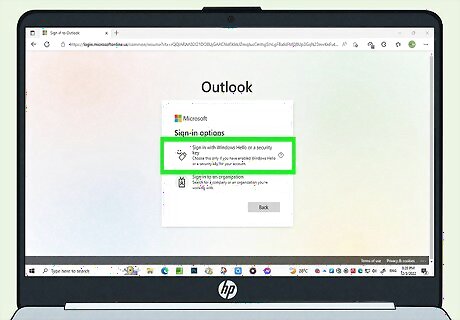
Select the Authentication/16-digit certificate. Depending on how you're accessing your email, you may be prompted to select a certificate before logging in. If prompted, do not choose the "email" certificate—you'll need to choose the one called Authentication.
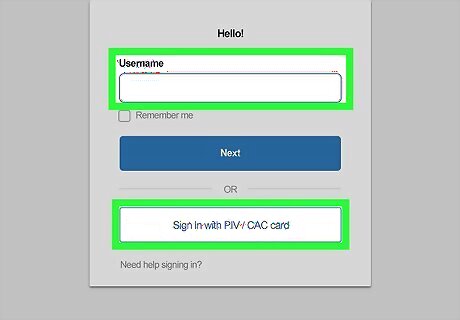
Enter your email address and select Sign in with CAC/PIV. This allows you to enter your CAC PIN and Personal Identity Verification (PIV) certificate to authenticate instead of a traditional password. A note for army personnel: If your email address used to end with @mail.mil, you will need to replace "mail.mil" with "army.mil" to log in. Enter your email address and select Sign in with CAC/PIV. If you're unable to access your Army email, you may need to migrate to Army365. Call the Army Enterprise Service Desk at 1-866-335-2769 for assistance.
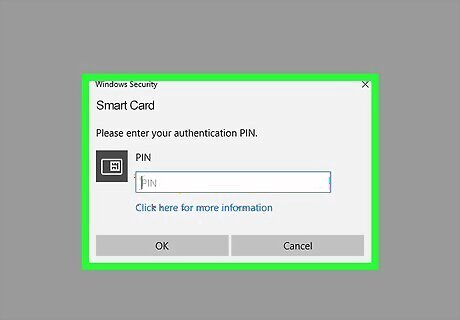
Enter your CAC PIN. If you're not sure what your CAC PIN is, don't guess—too many incorrect guesses can lock you out of your account. Contact your local IT support team for help if you're not sure which PIN to enter here.
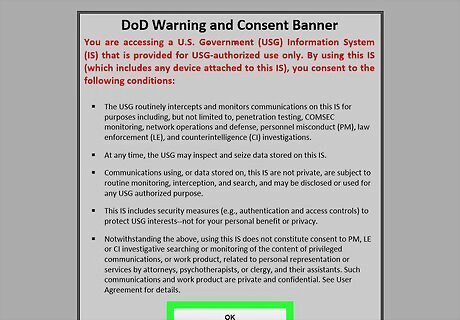
Click OK on the DoD warning window. This provides your consent to access a US government information system.
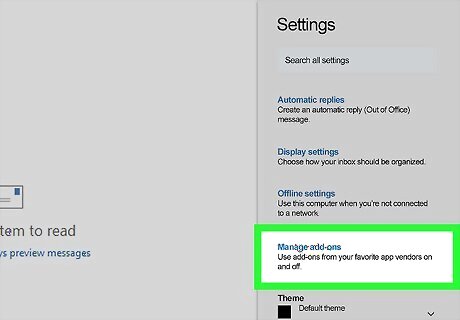
Install S/MIME to view encrypted emails. You'll need the Secure/Multipurpose internet Mail Extensions plugin to view encrypted messages: Click the gear icon at the top-right corner of the Outlook web app. Click Manage Add-ons. Scroll down in the left column and select S/MIME. Click click here in the center panel to install the add-on. Click OK. Close your browser window and log in again—now you can access all military email.




















Comments
0 comment